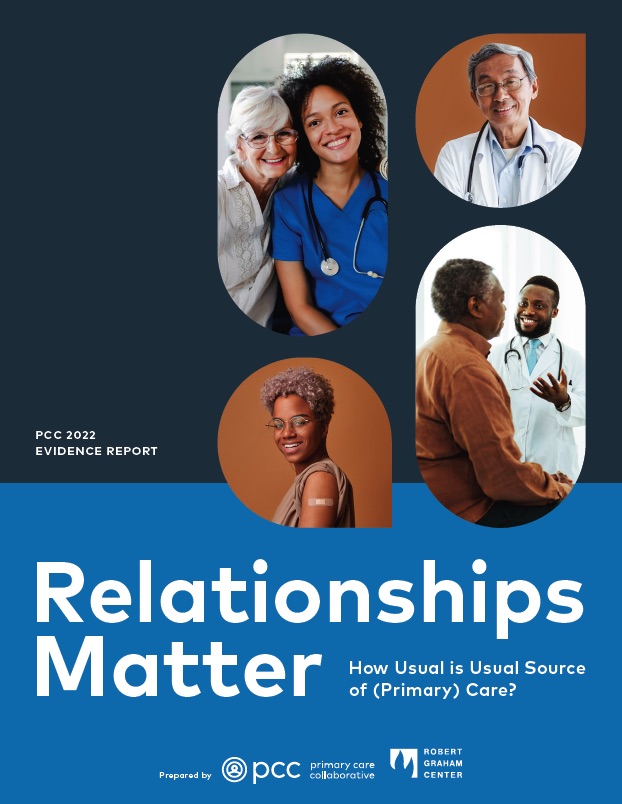Achieving the Triple Aim
How Medical Home Impacts Quality, Outcomes and Cost
The medical home is an approach to delivering and organizing primary care that helps achieve the goals of the Triple Aim: improve the experience of care, improve the health of populations, and reduce per capita costs of health care. A medical home achieves these goals by adopting new technologies, care delivery methods and relationships with patients and their families that encourage primary care to be patient-centered, comprehensive, coordinated, accessible and committed to quality and safety.
EVIDENCE
PCPCC’s 2012 review of 46 medical home initiatives throughout the U.S. – Benefits of Implementing the Primary Care Patient-Centered Medical Home: A Review of Cost & Quality Results – provides significant evidence that the medical home model reduces overall costs and spending by reducing inpatient visits, emergency department use, hospital readmissions, and other factors.
Below are some results from leading health plans, state Medicaid programs and health systems.
- 50% fewer urgent care and emergency room (ER) visits
- 53% reduction in hospital admissions
- 65% reduction in specialist utilization
Capital Health Plan Tallahassee, FL
- 40% fewer inpatient stays
- 37% fewer ER visits
- 18% fewer health care claims costs
- 250% increase in primary care visits
- 23% fewer ER visits
- 25% lower outpatient costs
- Estimated cost savings of $382 million (2010)
- 21% increase in asthma staging
- 112% increase in flu innoculations
Geisinger Health System Danville, PA
- 25% fewer hospital admissions
- 50% fewer hospital readmissions
- 7% lower cumulative total spending
- 74% improvement in quality of preventive care
- 34.5% improvement in quality of diabetes care
Group Health of Washington, Seattle, WA
- 15% fewer inpatient stays
- 15% fewer hospital readmissions
- Estimated costs savings of $15 million (2009-10)
- 18 - 65% improvements in medication management
- Decreases in staff burnout and improvements in provider satisfaction
HealthPartners Bloomington, MN
- 39% fewer ER visits
- 40% fewer hospital readmissions
- Reduced appointment wait time from 26 days to 1 day
- 10% decrease in diagnostic imaging scans in first year
- 25% few hospital readmissions
- 21% fewer inpatient admissions
- 31% increase in self-management of blood sugar
- 4.2% reduction in patient’s overall health care costs
- Estimated cost savings of $40 million (2011)
- 31% fewer ER visits
- 21% reduction in inpatient services
- 22% lower per member per month costs (2008-10)
- 8% lower urgent care visits
- 27% fewer hospitalizations & ER visits
- Estimated savings of $593 per chronic disease patient
What's New
March 19, 2024
February 28, 2024
- Page 1
- ››




